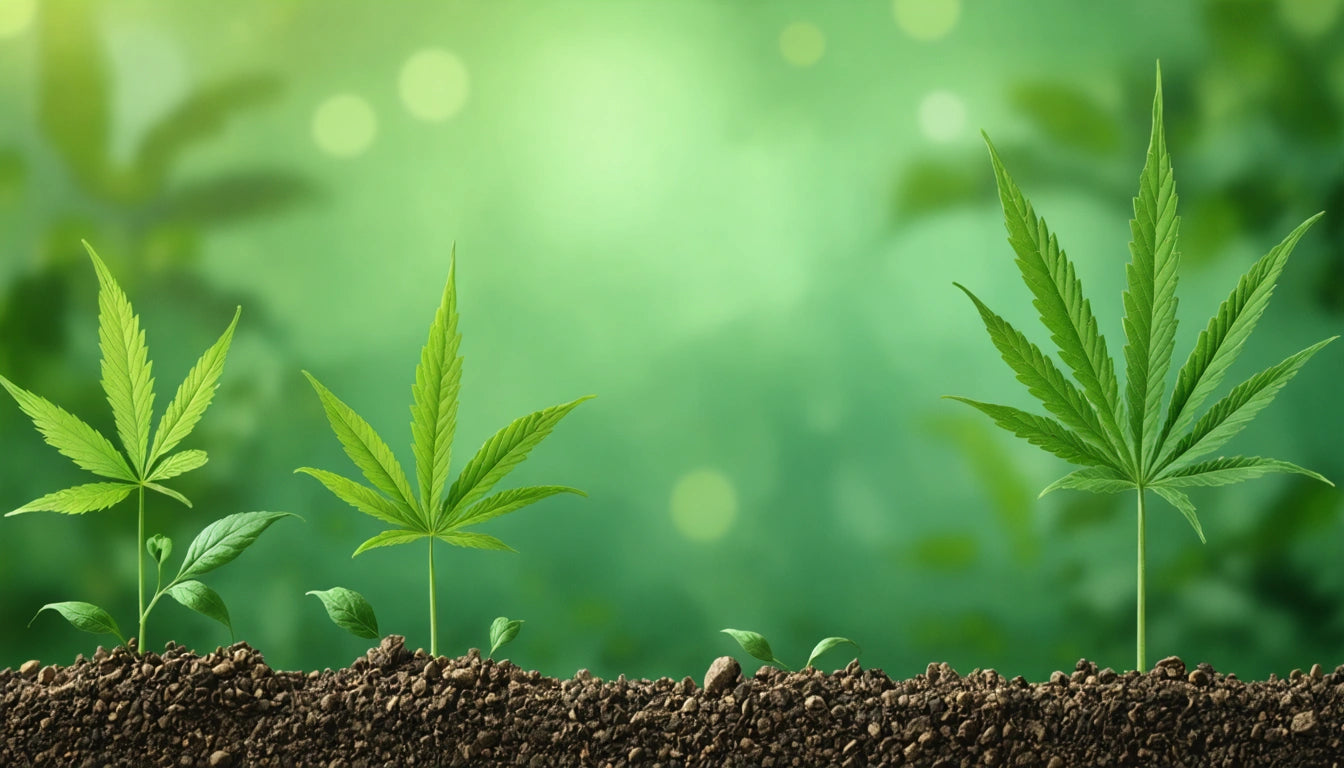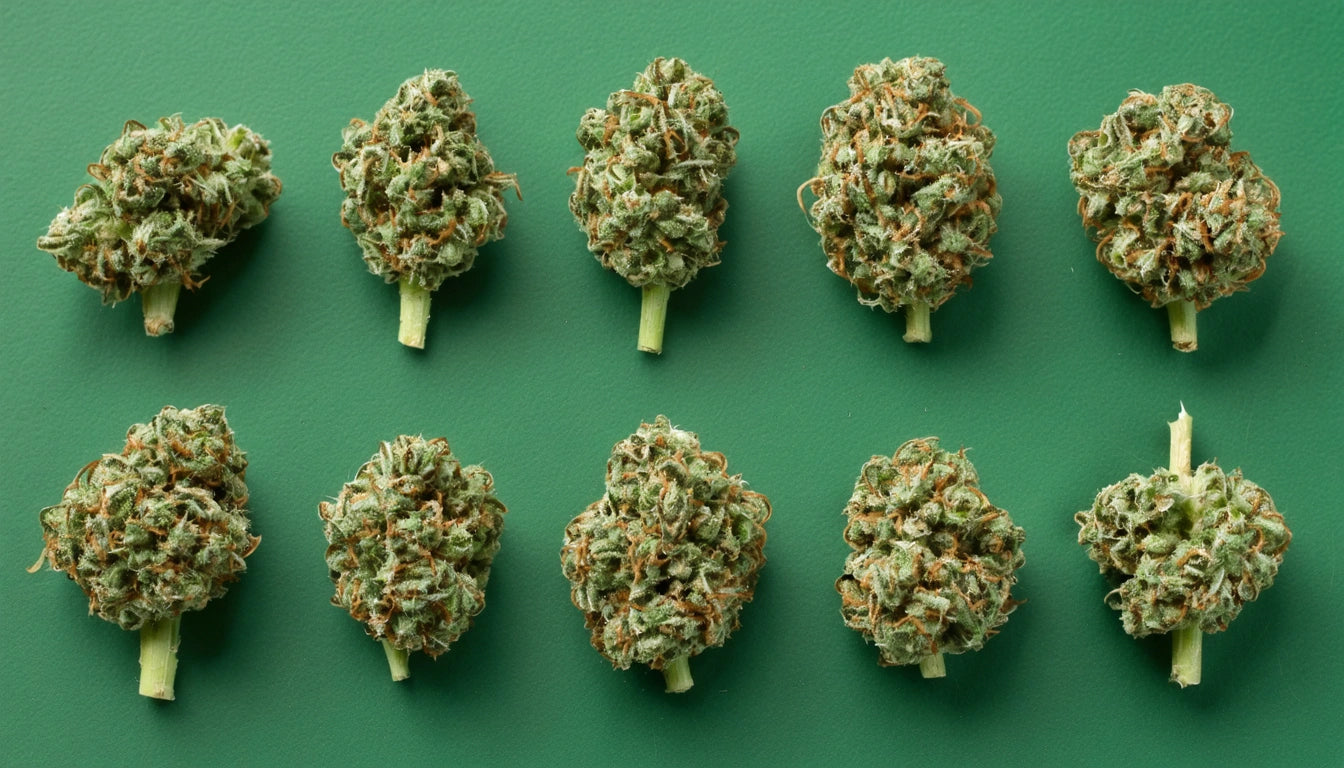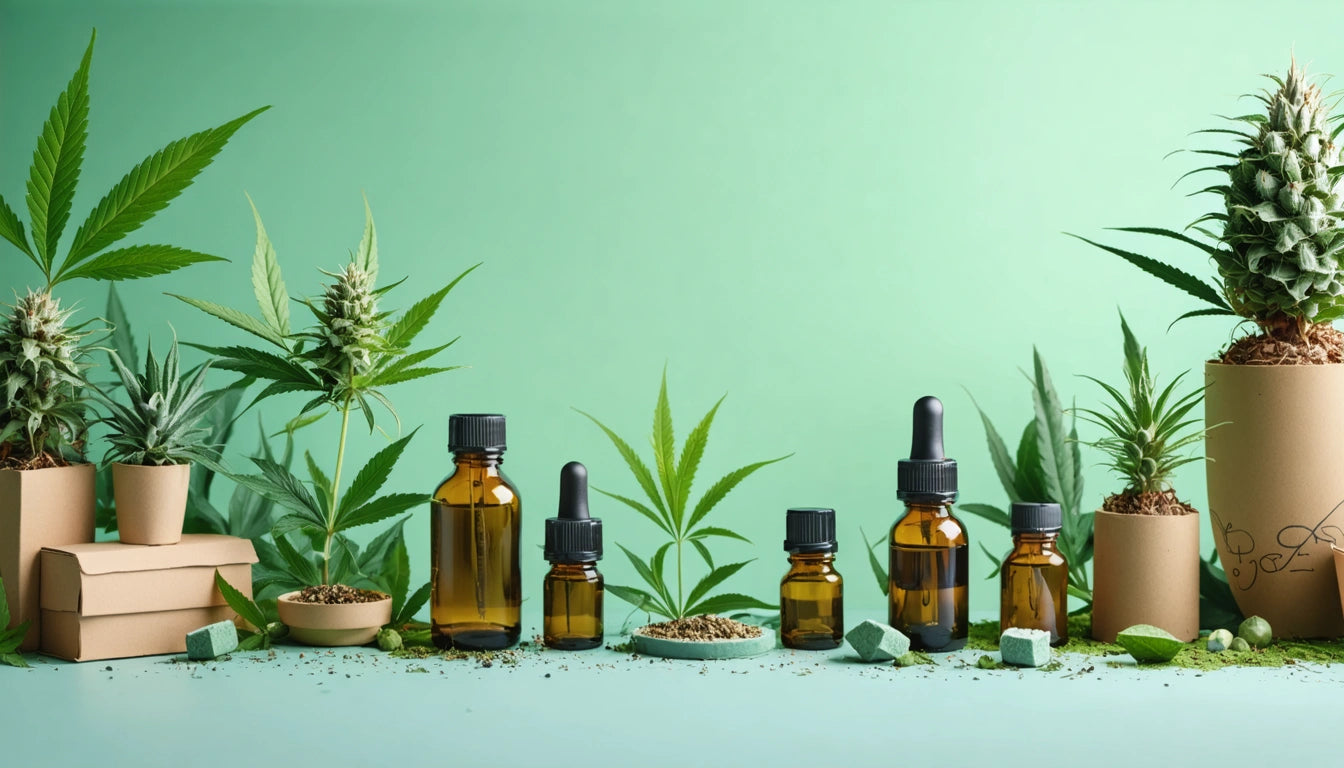Table of Contents
The Truth About Biodegradable Hemp Plastic
Biodegradable hemp plastic has emerged as a promising alternative to conventional petroleum-based plastics. As cannabis and hemp industries expand, the demand for sustainable packaging solutions continues to grow. However, separating marketing claims from scientific reality requires a deeper understanding of hemp-based bioplastics and their environmental implications.
Understanding Biodegradable Hemp Plastic
Hemp plastic is derived from industrial hemp plants, specifically using cellulose and lignin from the stalks. These natural polymers serve as the building blocks for bioplastic production. Unlike traditional plastics made from fossil fuels, hemp plastics incorporate renewable plant material that can potentially break down more naturally in the environment.
According to industry research on hemp-based plastics, most commercial hemp plastics are actually composites, containing varying percentages of hemp fiber (typically 30-40%) mixed with other biodegradable polymers or conventional plastics to achieve desired performance characteristics.
Environmental Benefits and Limitations
Hemp as a crop offers several environmental advantages that translate to its plastic derivatives:
- Carbon sequestration during plant growth
- Minimal pesticide requirements
- Soil remediation capabilities
- Reduced water usage compared to many crops
However, sustainability assessments of hemp packaging reveal important limitations. Processing hemp into plastic requires energy-intensive manufacturing. Additionally, the environmental footprint depends heavily on farming practices, transportation logistics, and end-of-life management.
Decomposition Reality Check
The term "biodegradable" requires careful scrutiny when applied to hemp plastics. Pure hemp cellulose plastics can indeed biodegrade under proper conditions. However, many commercial products labeled as hemp plastic contain significant amounts of non-biodegradable polymers.
Decomposition timeframes vary dramatically based on:
- Percentage of actual hemp content
- Presence of petroleum-based additives
- Environmental conditions (temperature, moisture, microbial activity)
- Thickness and surface area of the material
As detailed analysis shows, even 100% hemp-derived plastics require specific industrial composting conditions to break down efficiently, often taking 3-6 months under optimal circumstances rather than the weeks sometimes claimed in marketing materials.
Regulatory Landscape
Hemp plastic manufacturers face complex regulatory requirements, especially when packaging food or cannabis products. FDA approval for hemp packaging involves rigorous testing for food contact safety, stability, and potential leaching.
Additionally, the lack of standardized certification for biodegradability claims has led to consumer confusion. Terms like "biodegradable," "compostable," and "plant-based" are often used interchangeably despite having distinct technical meanings and regulatory implications.
Market Applications
Hemp plastics have found particular success in specific market segments:
- Cannabis and hemp product packaging
- Food containers and utensils
- Consumer goods packaging
- Industrial components
The cannabis industry has embraced hemp packaging for its brand alignment and storytelling potential. When processing hemp materials for various applications, specialized equipment like industrial grinding machines play a crucial role in preparing raw hemp for conversion into usable plastic feedstock.
However, consumer research indicates that while sustainability claims influence purchasing decisions, practical considerations like durability, appearance, and price often take precedence.
Hemp vs. Alternatives
When evaluating hemp against other sustainable packaging options, several comparisons emerge:
- Hemp vs. PLA (corn-based plastic): Hemp requires fewer agricultural inputs but PLA offers better transparency and formability
- Hemp vs. recycled kraft paper: Recycled materials often have lower overall environmental impacts despite hemp's renewable nature
- Hemp vs. conventional plastic with recycled content: Hybrid approaches may offer the best immediate environmental benefits
The economic viability of hemp plastics continues to improve as production scales up. Economic analysis of hemp packaging shows that while unit costs remain higher than conventional plastics, the gap is narrowing as technology advances and consumer willingness to pay premiums for sustainable options increases.
Future of Hemp Bioplastics
The trajectory for biodegradable hemp plastics points toward continued innovation and expanded applications. Current research focuses on increasing the hemp content percentage while maintaining performance characteristics, developing better compatibilizers for hemp-polymer blends, and creating truly compostable formulations that break down reliably in both industrial and home composting environments.
For brands considering hemp packaging, the key lies in transparency about claims and a holistic view of environmental impact. Rather than viewing biodegradable hemp plastic as a perfect solution, it represents one tool in a broader sustainability strategy that might include recycled content, reduced material usage, and thoughtful end-of-life considerations.
As regulations evolve and consumer awareness grows, the most successful applications of hemp bioplastics will likely be those that balance genuine environmental benefits with practical performance needs, creating packaging that truly delivers on its sustainability promise rather than simply leveraging green marketing appeal.











Leave a comment
All comments are moderated before being published.
This site is protected by hCaptcha and the hCaptcha Privacy Policy and Terms of Service apply.